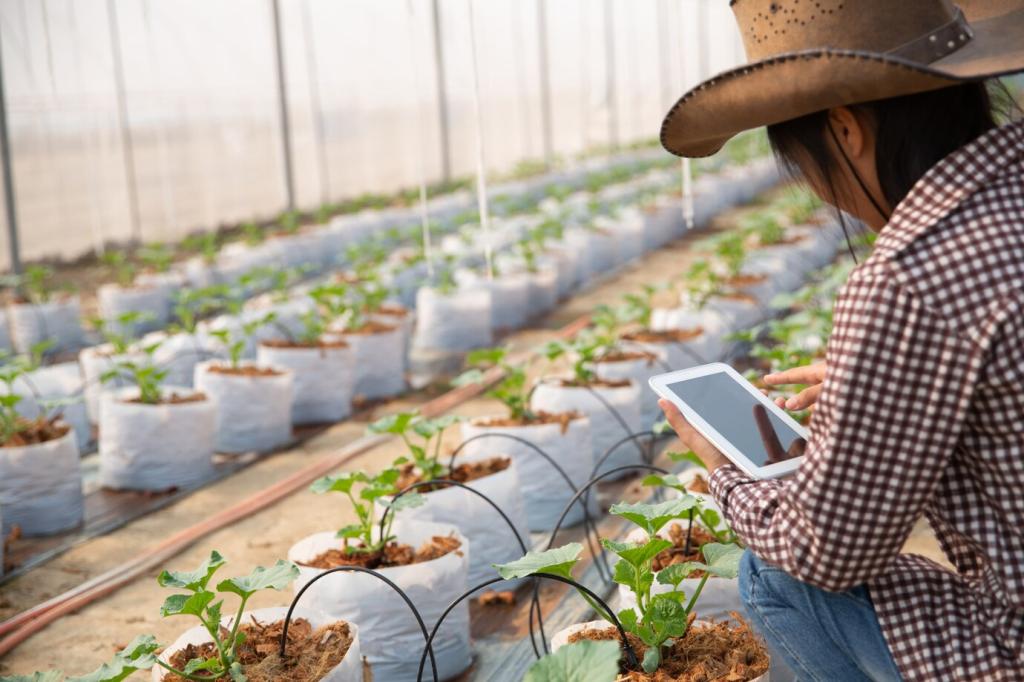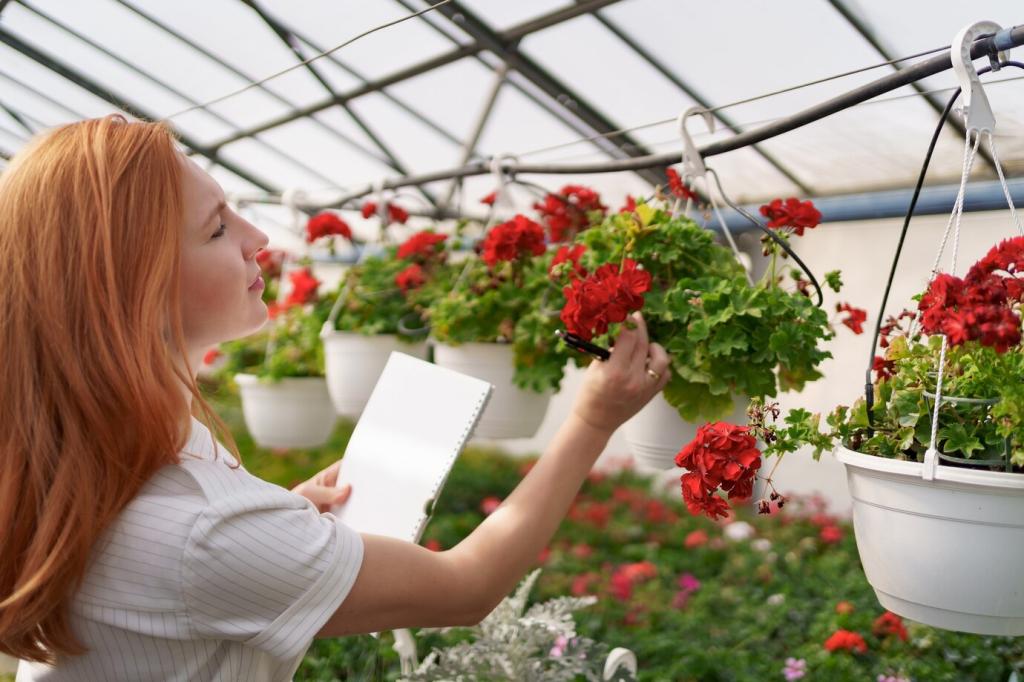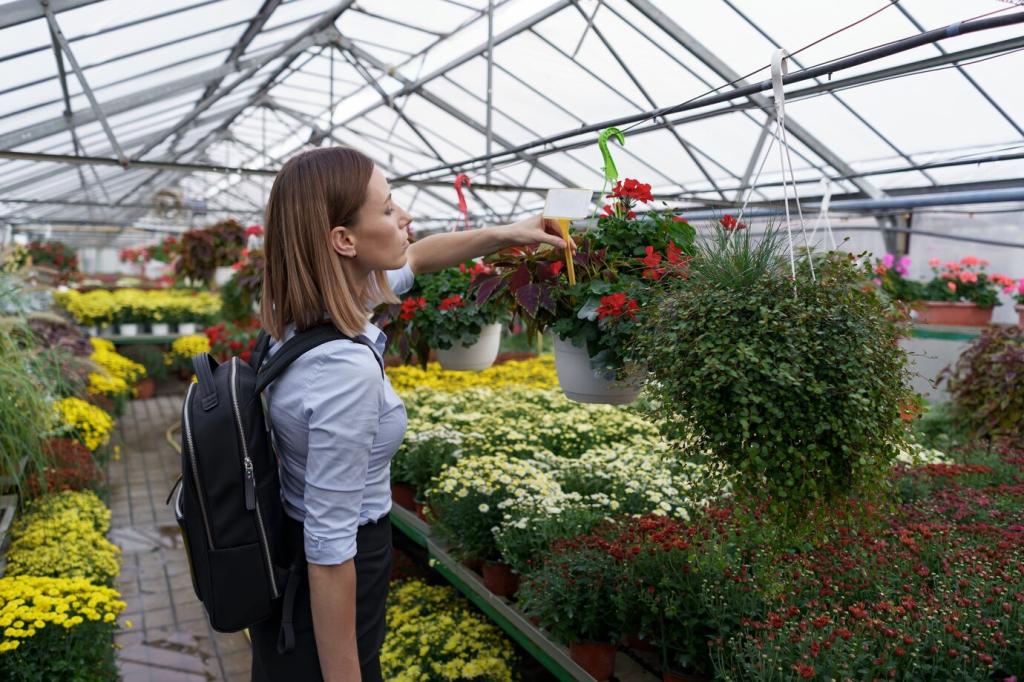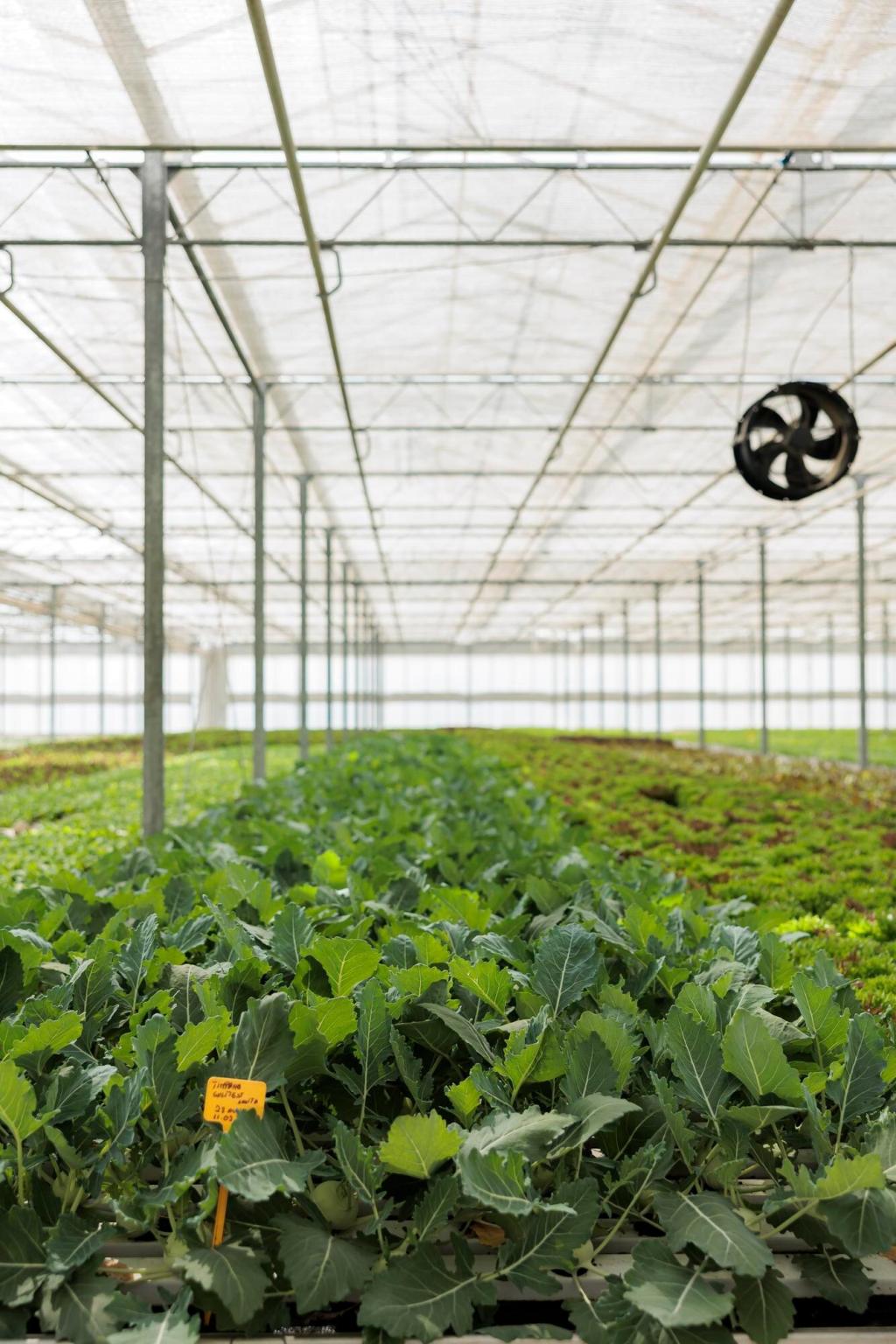Automated Irrigation Solutions for Indoor Plants
Automated irrigation solutions are transforming the landscape of indoor gardening, making it easier than ever to maintain healthy and vibrant plants in homes and workplaces. These systems streamline the watering process, delivering the right amount of moisture at the right time, and freeing plant enthusiasts from the constraints of manual watering schedules. Whether you’re cultivating a single orchid in a sunny window or managing a lush indoor jungle, automated irrigation can bring consistency, convenience, and improved plant health to your indoor environment.


What is Automated Irrigation?
Automated irrigation is a method that takes the guesswork out of watering indoor plants by using pre-programmed controls or sensors that detect soil moisture and release water accordingly. This can range from simple battery-operated drip systems to sophisticated self-contained networks that serve multiple plants in varying conditions. The key advantage is consistency: rather than relying on memory or unpredictable human schedules, plants receive regular, measured care, reducing the risk of drought stress or overwatering.

Evolution of Indoor Watering Technologies
The evolution of indoor watering technologies has been driven by the desire for ease and efficiency in maintaining healthy plants. Early solutions relied on passive wick systems and capillary mats, but advances in sensor technology, miniaturization, and smart home integration have expanded what’s possible. Today, many systems connect to smartphones or home automation hubs, allowing gardeners to monitor and adjust watering remotely—a significant leap from older, manual-intensive approaches.

Key Components and How They Work
Key components of automated irrigation systems for indoor plants include water reservoirs, pumps, tubing, timers, and soil moisture sensors. The reservoir holds the water supply, while the pump and tubing deliver water directly to the plant’s root zone. Timers allow users to set watering intervals, and sensors can measure moisture levels, ensuring water is delivered only when needed. The interplay between these components creates a self-regulating system that reduces waste, supports healthy growth, and simplifies plant care.
Advantages of Automated Irrigation Indoors
Consistency in watering is crucial for indoor plants, many of which are sensitive to fluctuations in soil moisture. Automated systems are designed to deliver precise amounts of water at scheduled intervals or in response to real-time soil data. This level of control means each plant receives the hydration it needs for optimal growth, without the stress caused by unpredictable hand watering. The result is fewer wilting leaves, healthier roots, and more dependable plant performance.
One of the most significant benefits of automated irrigation is the time and effort saved. Manual watering can become a tedious chore, especially in larger plant collections or complex arrangements. Automated systems free up time by handling routine watering tasks automatically, allowing plant owners to enjoy their indoor gardens without constant supervision. For frequent travelers or those with busy lifestyles, this ability to automate plant care offers unmatched peace of mind and ensures plant health even when owners are away.
Automated irrigation not only supports plant vitality but also promotes sustainability through reduced water waste. By delivering moisture directly to the root zone only when needed, these systems prevent runoff and evaporation, minimizing resource use. This targeted approach supports robust plant growth, fewer disease outbreaks, and a healthier indoor environment. Over time, automated watering translates into savings on both water bills and replacement costs for lost or stressed plants.

Assessing Plant Collection and Space
The first step in choosing an automated irrigation system is evaluating your indoor plant collection and available space. Consider how many plants you need to water, their sizes, and their locations—window sills, hanging baskets, or large planters may require different solutions. Compact drip systems might suit small groups or apartment dwellers, while modular kits can scale up to serve expansive indoor gardens. Proper assessment helps match your unique needs to the most effective system configuration.
Decide Between Manual Timers and Smart Controls
Automated irrigation solutions range from basic systems with manual timers to intelligent devices featuring app integration and sensor feedback. Manual timer systems offer simplicity and reliability, ideal for users seeking a set-it-and-forget-it approach. In contrast, smart systems can be programmed from a phone, adjusted remotely, and synced with environmental data, offering granular control for tech-savvy users. Your comfort with technology and desired level of involvement will guide this decision.
Budget, Maintenance, and Long-term Viability
It’s important to factor in both upfront and ongoing costs when selecting an automated indoor irrigation system. Entry-level kits are budget-friendly but may require frequent refilling or lack customization, while advanced setups command higher investment but provide scalability and durability. Maintenance, such as cleaning tubing and replacing batteries or filters, should also be considered. Choose a solution that balances your budget, time commitment, and long-term goals for a sustainable and enjoyable indoor gardening experience.
